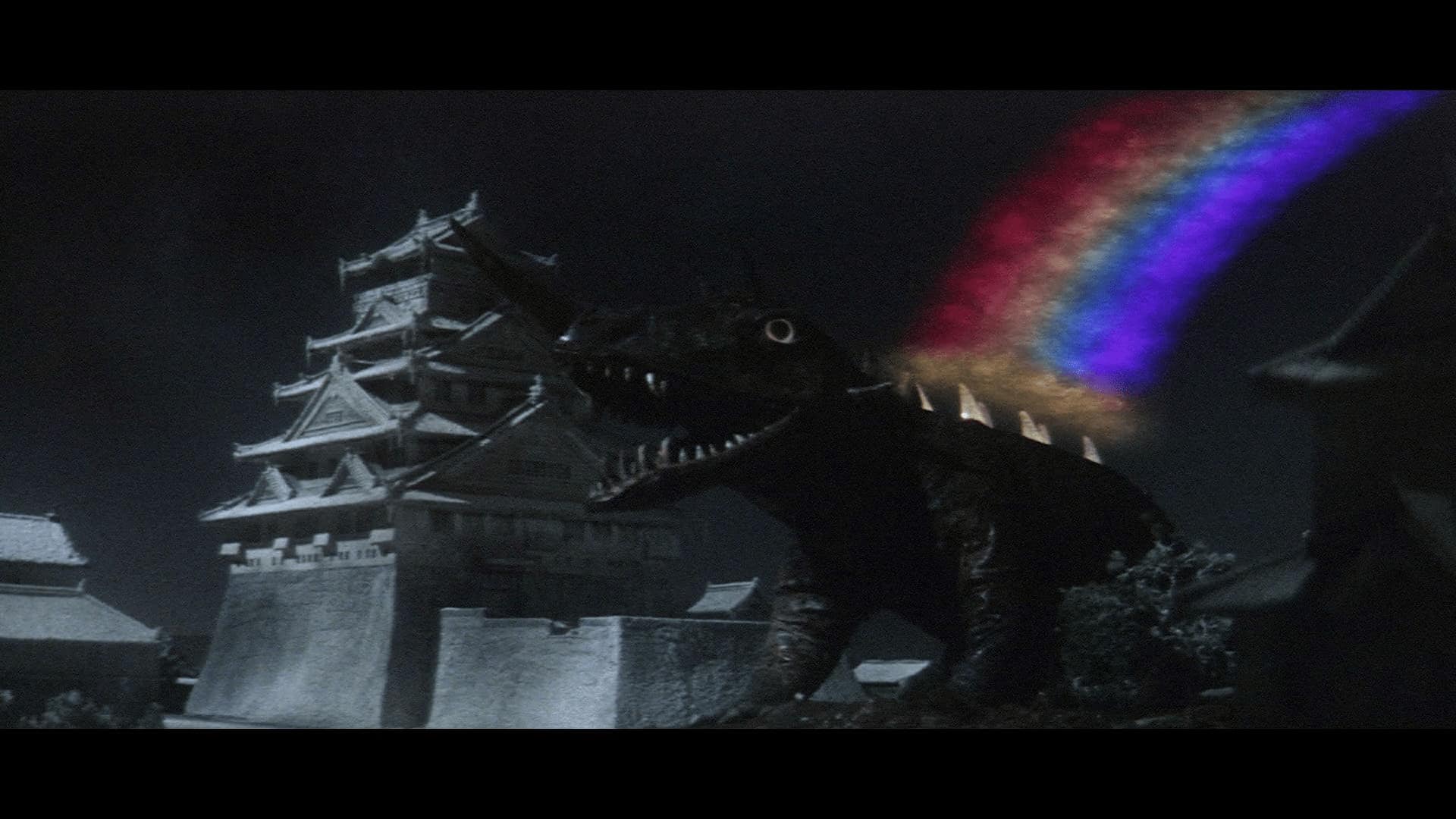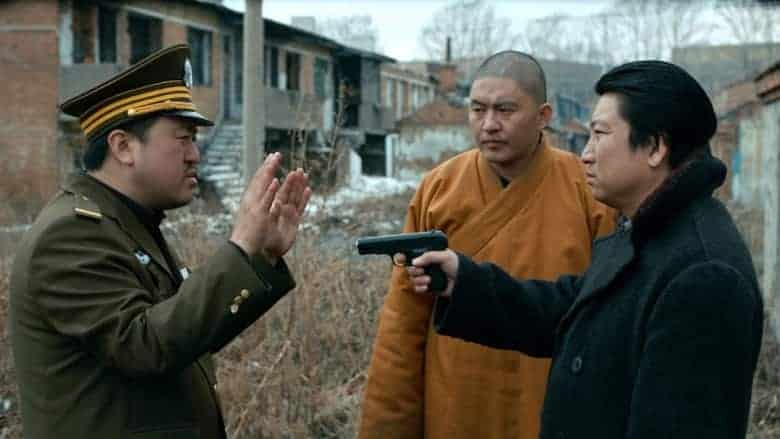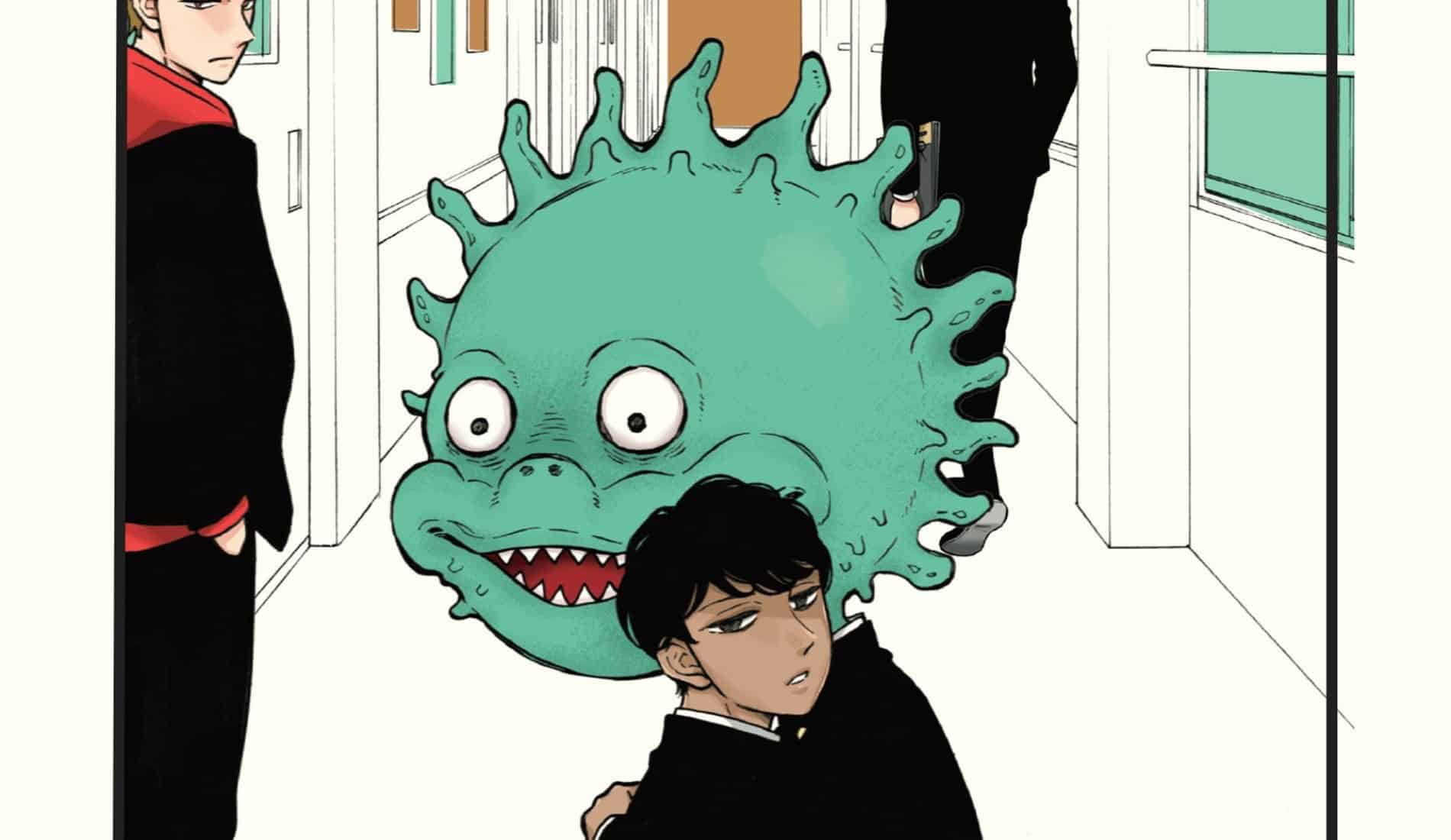“If Tetsuo is my first-born son, then Hiruko is my first daughter.
She is more polite and was born with the wish to be loved by others.”
(Shinya
Tsukamoto)
After the release of “Tetsuo: The Iron Man”, its director Shinya Tsukamoto found himself in an interesting position. Whereas his first film was largely made by himself with various crew and cast members leaving the production, his next film would be quite different, especially since he was able to work with a bigger budget and a studio willing to support his unique approach to the medium. However, as negotiations about a sequel to “Tetsuo: The Iron Man” proved fruitless and another project fell apart as well, the director eventually accepted an offer by Sedic International to do a manga adaptation for them, based on stories by writer Dajiro Moroboshi.
Even though it did not look like a passion project on paper, Tsukamoto quickly realized his producers wanted anything but a faithful adaptation. Instead, the constant demand to “be bold” as well as various ideas from screenwriter Kaizo Hayashi turned what could have been an easy paycheck into a “true” Tsukamoto-film. At the same time the director found himself experimenting with variations of themes and techniques he had already used in his early 8mm films, which might be one of the reasons he speaks quite dearly about his second movie. In the end, “Hiruko” is indeed an interesting entry in the director's body of work, a film which deviates in some ways from the “Tetsuo”-series and offers an entertaining, often visually captivating take on the horror genre.
Buy This Title

In the film, Reijiro Hieda (Kenji Sawada) travels to a remote village in the country where his colleague Takashi Yabe (Naoto Takenaka) has made an important archaeological find. In the hope of proving his theory about the existence of demons and ancient curses, he decides to go to the ancient tomb hidden somewhere in the village and which Yabe supposedly stumbled upon.
However, as a result of Yabe having opened the tomb, strange events and murders have taken place. As Hieda, along with Yabe's son Masao (Masaki Kudo) make their way to the village school, the epicenter of the murders, they finally realize the scale of the danger they face since an ancient demon named Hiruko has escaped the tomb and is quickly gaining power as well as influence.
Although “Hiruko the Goblin” offers the same visual inventiveness as its director's first film, its overall structure is much more conventional and more in line with the horror genre. For fans of the genre, the references to films such as John Carpenter's “The Thing”, Sam Raimi's “Evil Dead” and Tobe Hooper's “The Texas Chainsaw Massacre” are quite evident. However, besides being allusions to these titles, they also serve as hints to the kind of context “Hiruko the Goblin” has to be viewed in. The horror, which is inherent in the post-industrial structure of the city in “Tetsuo”, in this case symbolizes the conflict between man and nature, but also the eventual destruction of the body which is one of the underlying themes in all of Tsukamoto's work.

Considering the way Tsukamoto and cinematographer Masahiro Kishimoto depict the setting, the deviation from “Tetsuo” cold not be more obvious. As a female student rides across open fields, the sun is shining and the abundance of color, especially green, is almost overwhelming, bordering on the cliché even. The only thing missing is if she were to hum a tune similar to the opening theme of “Heidi, Girl of the Alps”. Interestingly, the horrific murders and the monsters do not seem to disturb the overall tranquility of the setting, as the clarity of the water and the green of the fields remain untouched by any of these events. In his introduction to the film, French scholar Jean-Pierre Dionnet states how this contrast emphasizes nature's indifference towards the horror affecting the human characters.
At the same time, horror is linked with nature. Similar to modernity, industrialization and urbanity changing the face of man (quite literally) in “Tetsuo”, in “Hiruko” the transformation of the body is more in line with Japanese traditions and shapes found in nature. Besides the spider-like creatures appearing in the film, Tsukamoto often uses the technique of the “unbound” camera reminiscent of “Evil Dead” highlighting the “shapelessness” of the monster. In terms of structure, this heightens the sense of threat and suspense in many scenes given the unpredictability of the monster and the deaths.

At last, for all its serious themes Tsukamoto again proves his talent for comedy and slapstick, perhaps even more so than in “Tetsuo”. Even though the latter had its deeply ironic moments, the scenes between Kenji Sawada and Masaki Kudo are quite hilarious at times as the two men – despite Hieda's preparation and experience – seem overchallenged dealing with a foe they do not see even with the help of the various technological gadgets Hieda has brought with him.
In the end, “Hiruko the Goblin” is a wonderful horror film with the right amount of suspense, gore and comedy. While it deals with similar topics as Shinya Tsukamoto's other works, it also offers a more accessible, often quite funny approach to the genre and these themes. Overall, it is still a film carrying the unique signature of its director, one which has unfairly stood in the shadow of “Tetsuo”.
Sources:
Mes, Tom (2005) Iron Man. The Cinema by Shinya Tsukamoto. FAB Press
An interview with the director and the introduction to the film by Jean-Pierre Dionnet referred to in the review are included in the German DVD-release of the film.















